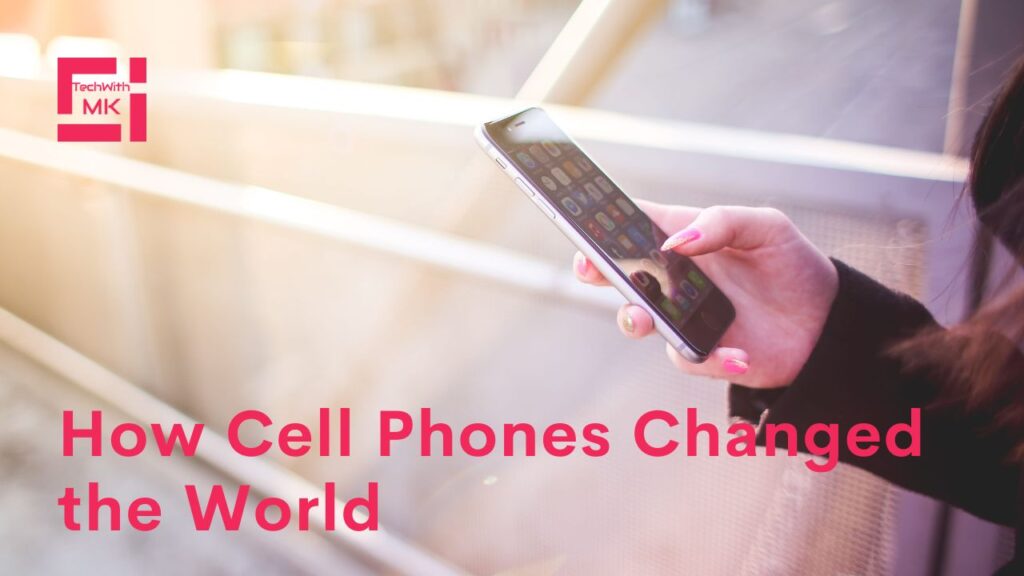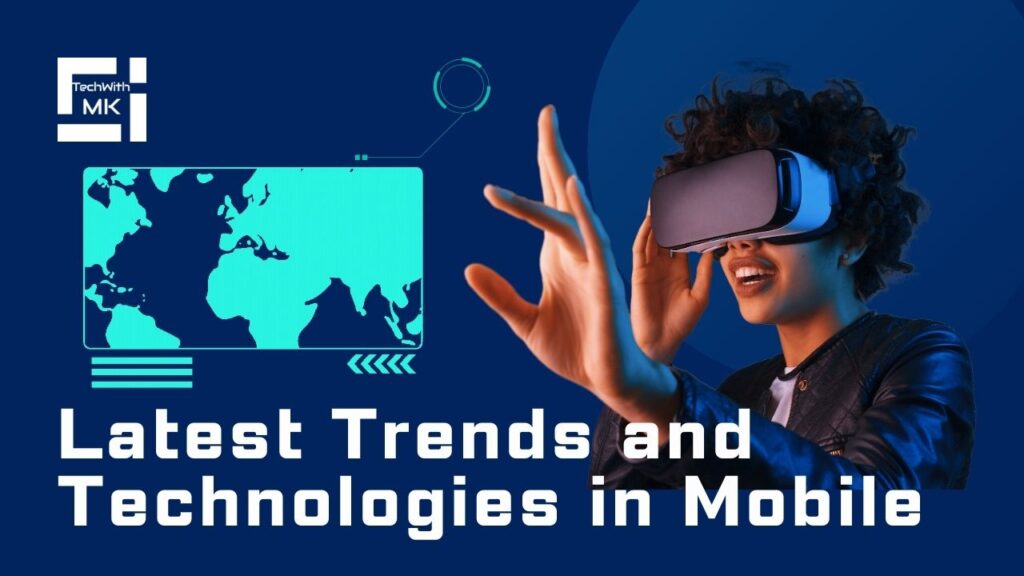Cell phones have undeniably changed our modern world, changing how we communicate, access information, and navigate our daily lives. These portable devices have become essential to our existence, connecting us to the world and shaping our behavior and interactions. Amazingly, there are over 5 billion cell phone users worldwide, representing a significant portion of the global population.
Cell phones have completely changed our world, changing how we communicate and access information. In some developing regions, people have given up on landline telephones altogether and have started using cell phones directly as their primary way of staying connected. This rapid adoption highlights the incredible power of the cell phone to change lives. The impact of cell phones on our modern world is immense, and in the following sections, we’ll explore the many ways they have influenced and continue to shape various aspects of our society.
Table of Contents
The Evolution of Cell Phones
The evolution of cell phones has been a remarkable journey. It began in 1983 with the introduction of the Motorola DynaTAC 8000X. Which paved the way for smaller, more affordable, and feature-rich devices. However, the real change came in the early 2000s with the advent of smartphones. Devices like the BlackBerry and, later, the iPhone revolutionized the industry by integrating Internet access, email, and multimedia capabilities.
Today, smartphones have become indispensable devices with sleek designs, high-resolution touchscreens, powerful processors, advanced cameras, and access to countless applications. The evolution of the cell phone reflects the constant advances in technology, meeting the growing demands of users and how we communicate and navigate our modern world.
Communication Revolution
The advent of the cell phone has brought about a communications revolution, changing how we connect. With the widespread adoption of cell phones, we have seen a significant shift from traditional landline telephones to mobile communication devices. Unlike landlines, cell phones offer greater reach and convenience.
One of the significant features that has revolutionized communication is texting. Text messaging provides a quick and efficient way to exchange information and hold conversations without needing immediate verbal interaction. It has become an integral part of our daily life, allowing us to send and receive messages instantly.
In addition to texting, cell phones offer a wide range of communication options. Voice calling remains a fundamental feature, allowing us to interact with others in real-time. The introduction of mobile data has further expanded communication possibilities, allowing access to the Internet. This connectivity has played a vital role in connecting people globally.
Access to Information and Knowledge
Cell phones have changed the way we access information and knowledge. By integrating the Internet into cell phones, we now have a vast amount of information at our fingertips. The ability to quickly find and access information on various topics has become a fundamental aspect of our daily lives.
Internet connectivity on cell phones has opened up endless possibilities for research, learning, and expanding our knowledge. Whether browsing search engines, accessing online encyclopedias, or reading academic articles, cell phones have made information readily available anywhere, anytime.
Cell phones have made learning and staying informed convenient. With eBooks, audiobooks, podcasts, and educational apps, we can access a wealth of content at our own pace. Cell phones facilitate continuous learning and personal growth, from learning languages to mastering skills and staying updated.
Economic and Social Impacts
Cell phones have transformed our society with significant economic and social effects. They have helped in business communication, connecting entrepreneurs and enabling convenient financial transactions through mobile banking and payment services. This access has empowered individuals and promoted financial inclusion and entrepreneurship for economic growth and development.
Cell phones connect people globally, bridging distances and increasing social interaction. Social media platforms, messaging apps, and video calling capabilities have revolutionized how we interact and share experiences. They enable us to share experiences, maintain relationships, and communicate critically during emergencies. They also empower marginalized communities, amplify their voices and drive social change.
Health and Education
Cell phones have revolutionized healthcare, enabling remote medical consultations and access to medical information. Through telemedicine, patients can connect with health care professionals virtually, receiving diagnosis and treatment without making an in-person visit. Health tracking apps on cell phones and wearable devices allow users to monitor vital signs and access medical information to make informed decisions.
Cell phones have revolutionized education by increasing access to learning resources and enabling distance learning. Online platforms and mobile learning apps allow students to access educational content, attend virtual classes, and engage in interactive learning experiences from anywhere. This is especially important during times of crisis and for under-served communities with limited access to traditional resources. Cell phones bridge the educational divide, empowering students to continue their studies and gain knowledge regardless of location or socioeconomic background.
Cultural and Behavioral Shifts
Cell phones have brought about significant cultural and behavioral changes in our society. They have become inseparable companions shaping our daily routines and social interactions. Texting and messaging apps have become the prevalent forms of communication, surpassing traditional phone calls. Emojis, GIFs, and stickers have added a new dimension to conveying and expressing emotions.
Cell phones have also influenced our behavior and lifestyle choices. With the advent of smartphones, we have access to a broader range of entertainment options, including streaming services, gaming apps, and social media platforms. This has led to a change in leisure activities, with more time spent on digital media consumption. We now have instant access to news, articles, and online content.
Environmental Considerations
Cell phones have raised environmental concerns due to their production, emissions, and disposal. Raw material extraction harms ecosystems, while manufacturing and transportation contribute to greenhouse gas emissions. Improper disposal of electronic waste poses a contamination risk. It is important to address these considerations and promote sustainable cell phone production and disposal practices to reduce their environmental impact.
Cell phones have the potential for environmental sustainability. Shifting to digital content reduces paper waste and deforestation. Cell phone apps and features can promote environmental awareness, monitor energy use, encourage recycling, and provide information on sustainable practices. By taking advantage of these opportunities, cell phones can contribute to a greener and more environmentally friendly future.
Conclusion
The effect of cell phones on our lives has been profound and far-reaching. These portable devices have revolutionized communication, access to information, healthcare, education, and even culturally entrenched behavioral norms. They have connected people, changed business practices, edified individuals, and brought about social change worldwide. However, it is also essential to consider the environmental impact of cell phone use. With proper consideration and conscious decision-making, cell phones can continue shaping our lives while positively minimizing their environmental impact.


